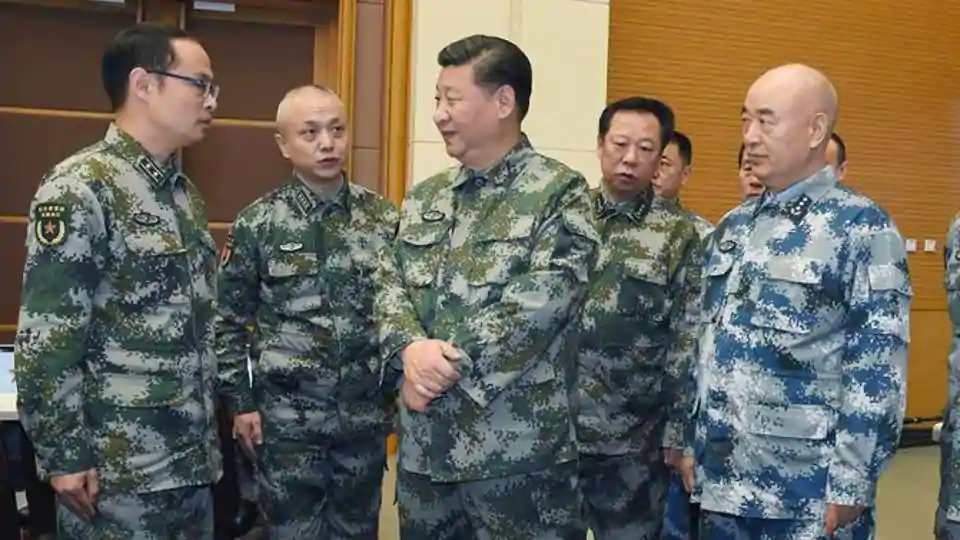
SOURCE: HT
The Indian Army will continue to sit it out along the 1,597 km Line of Actual Control in East Ladakh till China restores status quo ante, people familiar with the development told Hindustan Times after China’s People’s Liberation Army made an unsuccessful attempt to negotiate a new normal at the border.
India has told China on more than one occasion that restoration of the pre-April 20 position at the friction points in east Ladakh is a prerequisite for normalisation of bilateral ties. But China hasn’t given up. “The PLA has made it out to be a staring match and wants India to blink. We are also prepared to wait it out and take other steps to make Beijing realise the adverse impact the boundary dispute has on the bilateral relationship,” a top government official familiar with discussions within the government on the standoff said.
India has already banned over 100 Chinese mobile applications and its clones, changed the rules to bar Chinese firms from getting government contracts and is next taking a hard look at tie-ups with Chinese universities to ascertain if they comply with existing norms.
The message, even if not explicitly spelt out, has been that the longer the PLA led by commander-in-chief Xi Jinping takes to disengage at the border and restore status quo, the more damage it will cause to the India-China relations.
China, however, hasn’t given up and appears to have rested its hopes on the Indian government coming under pressure from its domestic constituents to end the standoff.
Like the political row that erupted on Thursday after a defence ministry note that spelt out India’s position on the continuing standoff made its way to the government website. It transpires that an official, tasked to compile the ministry’s activities to be placed on the website, adopted a shortcut and put out the Defence Secretary’s monthly report to the Cabinet Secretary without removing operational details of the standoff.
China has been betting on India taking the easier way out, even putting out statements that told the world that the standoff was over and the disengagement completed at Ladakh. The Indian government didn’t take the bait, prompting Beijing to shift its stand and speak about the positive progress being made.
On the ground, the Indian army has told the government, China’s PLA is dragging its feet both at patrolling point 17 and 17A (General Area Gogra) and on the finger features on the banks of the Pangong Tso.
At the meeting of the military commanders from the two sides, the PLA has been attempting to persuade the Indian Army to yield to a new normal. “The PLA wants a military reward from the Indian army despite being the aggressor that triggered the border tension and plunged ties between the two countries to their lowest point in decades,” an army commander said.
The PLA, the senior army officer said, wants India to move back from its traditional points where it has had an advantage before it vacates locations where it had moved in April-May.
For instance, the PLA wants to hold its new positions on the first ridge-line next to the Kugrang River near Gogra so that the Indian domination on the ridgeline gets reduced comparatively.
At Pangong Tso, the PLA is still sitting on the upper heights of finger 4 relief in lesser numbers and wants Indian troops to withdraw behind its established old base at Dhan Singh Thapa post around Finger 3. The PLA also wants Indian Army to yield to new normal on general area Gogra and has linked its withdrawal from finger feature 4 to 8 in depth at the Pangong Tso.
The Chinese proposal, the army officer said, reflected that it had not been able to accurately assess New Delhi’s determination not to cede ground. Militarily, China’s effort is clearly an attempt to position the PLA on dominating heights to add more depth to their bases in the Aksai Chin area.






